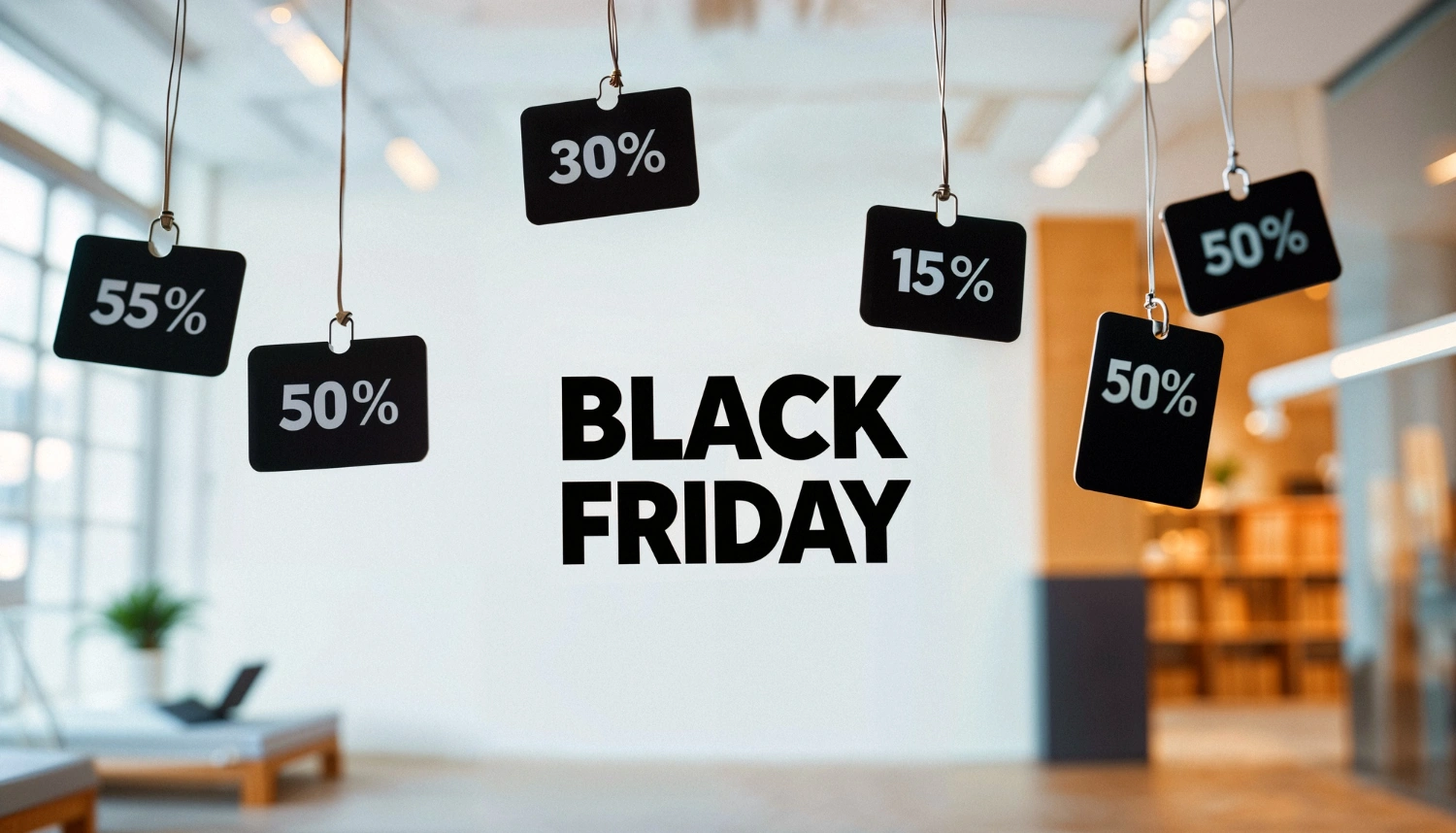Running an Airbnb is about more than creating a cozy space—it’s about making sure guests can actually find you online. While paid ads on Google or Meta can drive visibility, SEO (Search Engine Optimization) remains one of the most cost-effective ways for Airbnb hosts in Canada, the U.S., Australia, and Belgium to increase bookings without constantly spending on ads.
Why SEO Matters for Airbnb Hosts
Airbnb’s platform has its own internal search ranking system, but most travelers begin their journey on Google. Queries like “Airbnb near Niagara Falls,” “Sydney beach vacation rental,” or “apartments in Brussels for weekend stay” often appear on Google before people click into Airbnb. With smart SEO, you can capture this traffic and funnel it directly to your listings—or to your own booking website if you have one.
Key SEO Strategies for Airbnb Hosts
Optimize Your Listing Title & Description
Your Airbnb title should include keywords that travelers actually search for. Instead of “Cozy Home,” use:
- “Cozy 2-Bedroom Airbnb in Downtown Toronto Near CN Tower”
- “Beachfront Apartment in Bondi – Perfect Sydney Getaway”
- “Luxury Loft in Brussels City Centre – Walk to Grand Place”
Descriptions should be keyword-rich but natural. Highlight local landmarks, amenities, and experiences.
Create a Personal Website for Direct Bookings
Many serious hosts run a simple WordPress site with their property listings. This helps you rank independently on Google while reducing reliance on Airbnb’s commission. Use blog content like “Top 10 Things to Do in Montreal Near Our Airbnb” to attract organic traffic.
Leverage Local SEO
Claim your property on Google Business Profile to appear in Google Maps. Add details like:
- Photos of your property
- Guest reviews
- Contact information
Local SEO ensures guests searching “short-term rentals near Melbourne airport” find you before your competitors.
Build Backlinks with Travel Blogs & Directories
Collaborate with travel bloggers or list your property in local travel directories. A backlink from a trusted site (e.g., “Top Stays in Ottawa”) signals authority to Google, boosting your rankings.
Encourage Guest Reviews Everywhere
Positive reviews on Airbnb, Google, and even TripAdvisor boost both trust and search rankings. Remind happy guests to leave reviews right after checkout.
Use Long-Tail Keywords for Seasonal Bookings
SEO isn’t just about year-round traffic. Target seasonal searches like:
- “Best Airbnb for winter skiing near Whistler” (Canada)
- “Summer holiday Airbnb near Gold Coast beaches” (Australia)
- “Romantic Valentine’s Airbnb in New York City” (USA)
- “Weekend Airbnb stay near Bruges Christmas Market” (Belgium)
These niches often convert faster because searchers have clear intent.
Advanced Tips for Airbnb SEO
- Track keyword performance with free tools like Google Search Console.
- Use schema markup (structured data) on your website for rich snippets.
- Add FAQ sections like “Is parking available?” or “How far is the apartment from Brussels Airport?”—Google loves this content.
Final Word
For Airbnb hosts, SEO is about more than rankings—it’s about building visibility and trust without paying for every click. By optimizing your listing, embracing local SEO, and creating targeted content, you can consistently attract the right guests in Canada, the U.S., Australia, and Belgium—all while keeping more profit from each booking.



